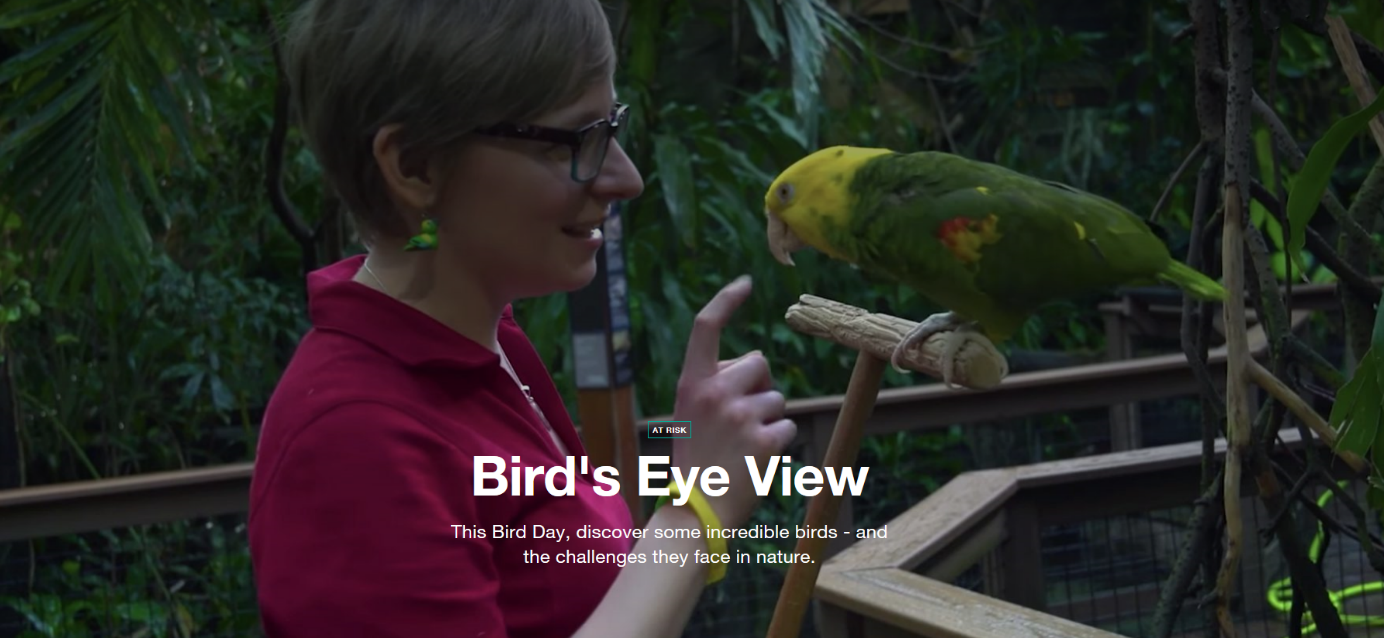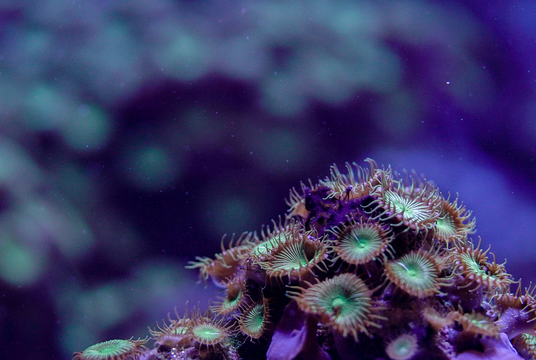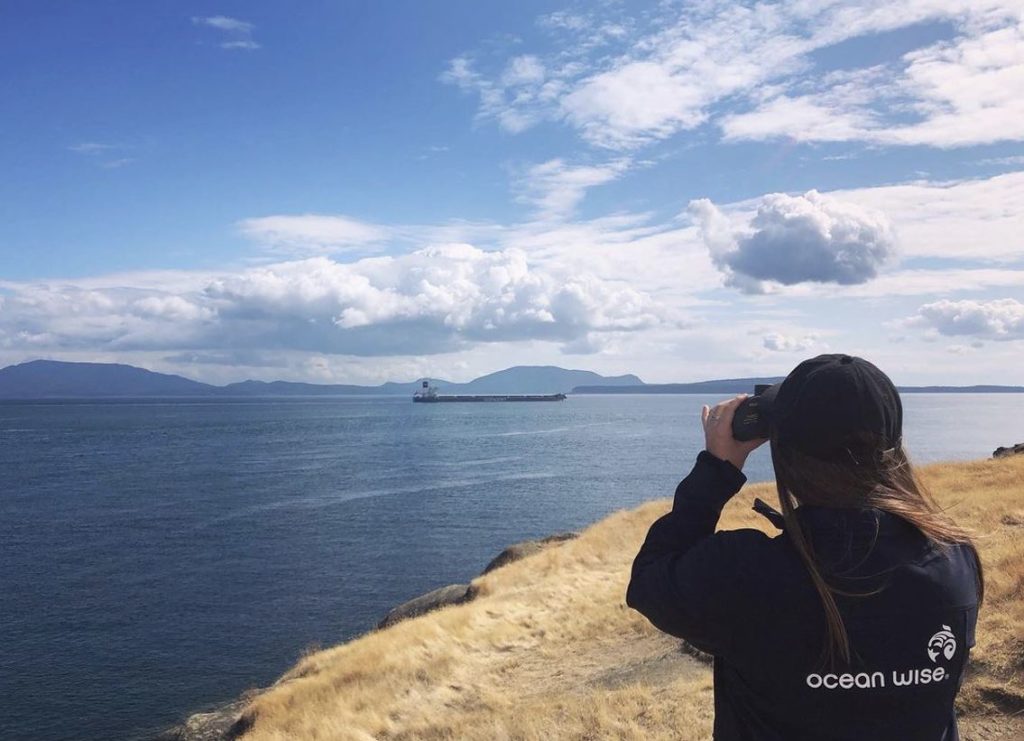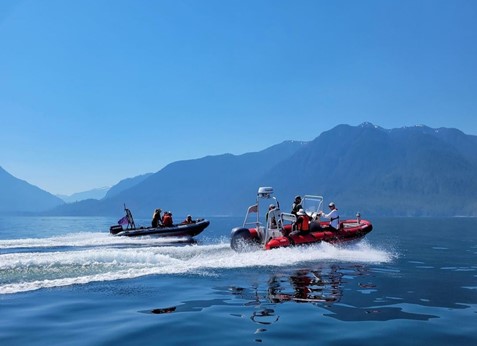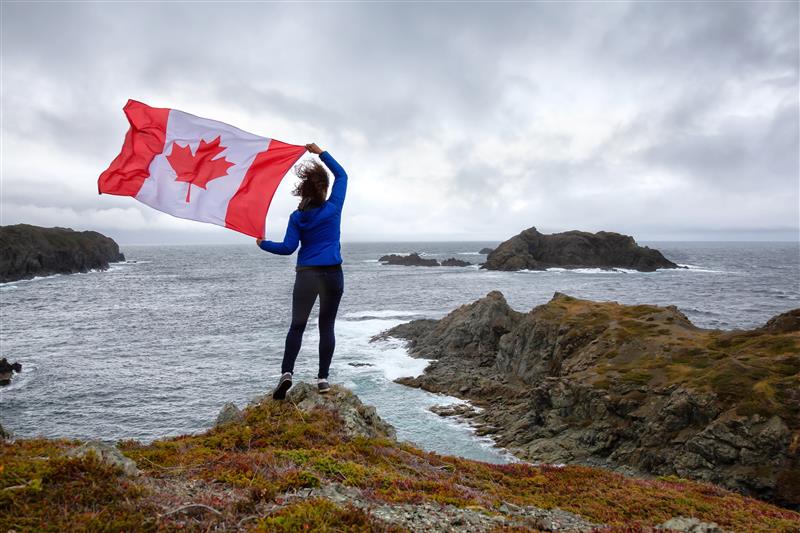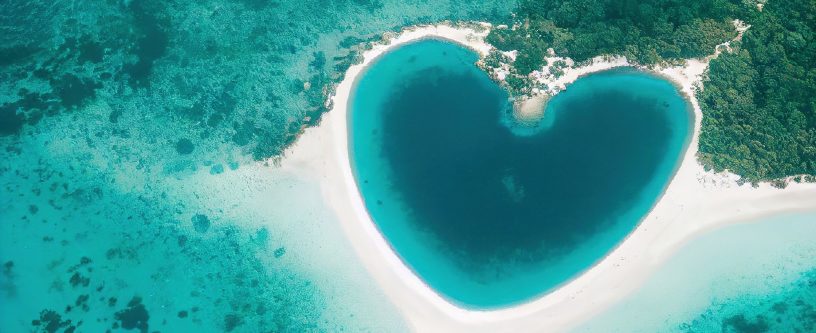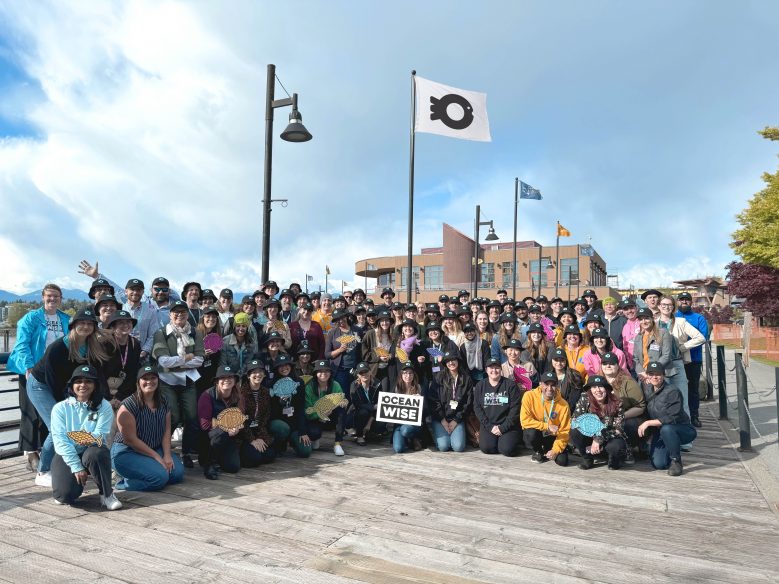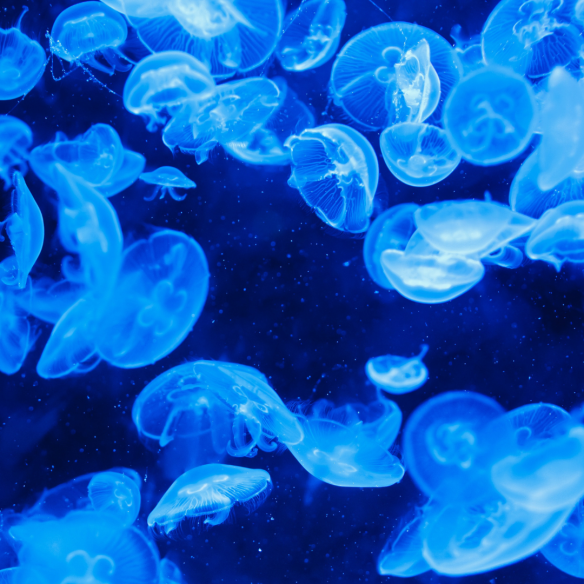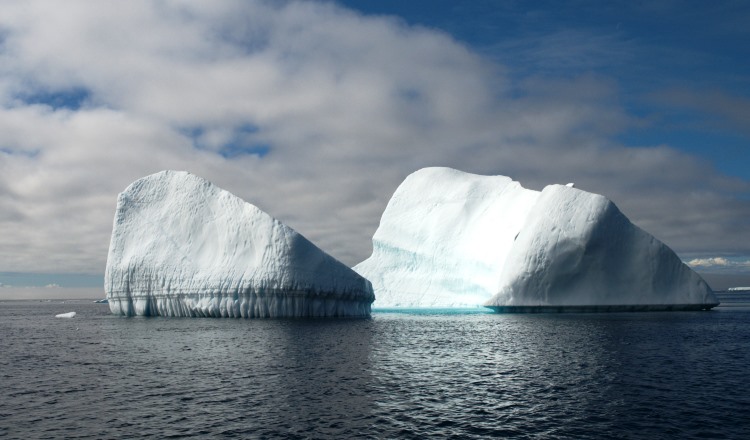
Weekly Water News
Every week, Ocean Wise combs the headlines to bring you the most fascinating ocean news from around the world. Read on!
This week on Ocean.org
Discover some incredible birds and the challenges they face in nature: Bird Day
- 4 Astounding Seabird Facts – Glowing beaks, kinky rituals, and more reasons celebrate our feathered friends.
- Birds of a Feather – Chelsea Ryan is at home with her flock of feathered friends.
Ecosystems and Biodiversity
This year’s sea-ice coverage around Alaska was not only a record low, it was half that of the previous lowest winter record in 2001. The freeze-up used to begin in October, but this year’s temperatures were so warm that the Chukchi Sea still had open ocean in December. The effect on local communities is profound: coastal areas are seeing substantial flooding and erosion during storms without much of the usual sea ice to act as a buffer. Via Scientific American
At the other end of the world, diminishing sea ice is threatening the diet of the Emperor penguin. Less ice means less plankton, and therefore a reduced supply of fish to support penguin colonies. The lack of ice also reduces the number of places for the birds to rest while foraging. Researchers have been using time-lapse video to study the foraging habits of the penguins, and may be able to use this information to establish conservation measures. Via Eurekalert!
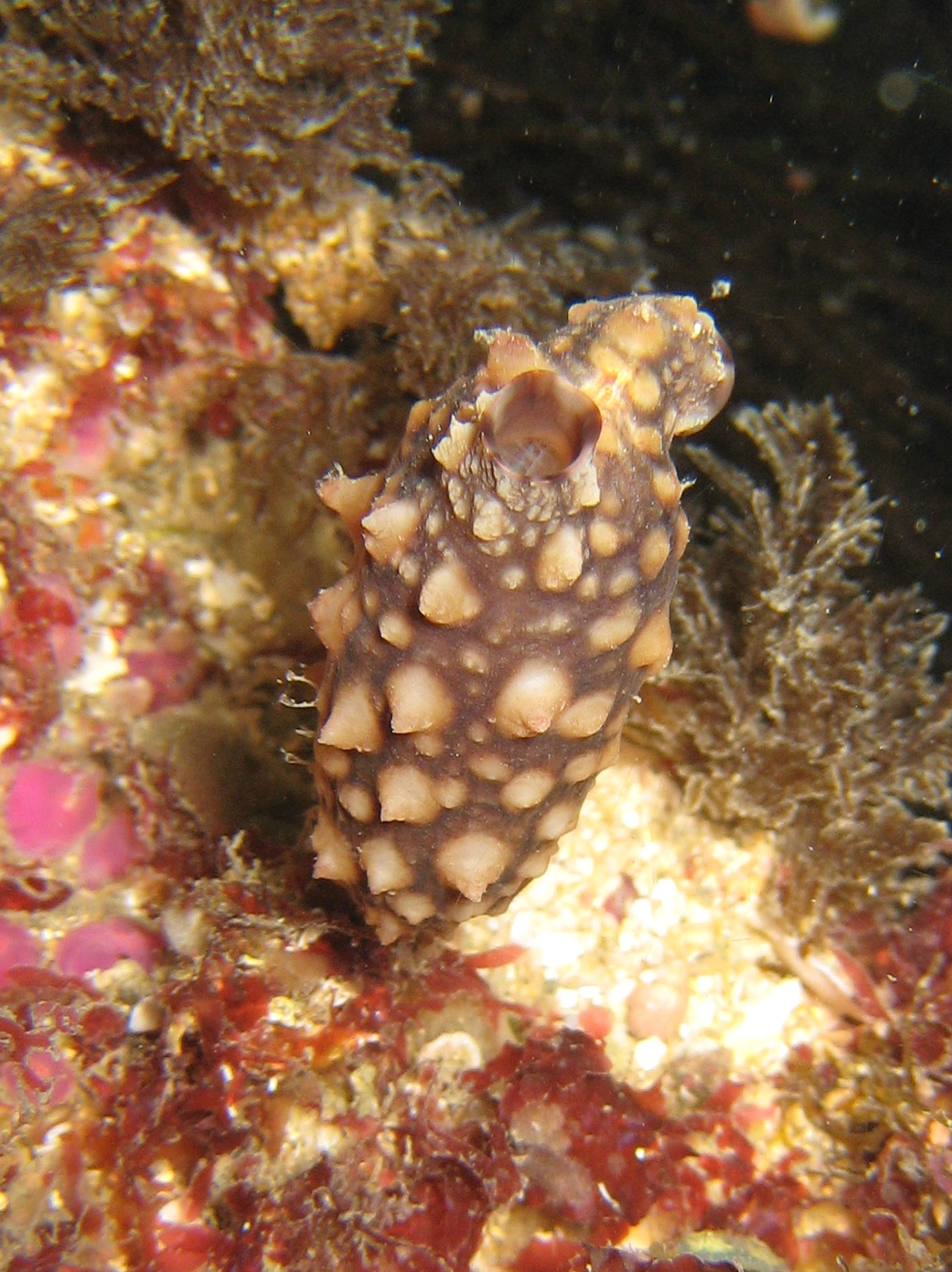
The brown sea squirt, or club tunicate (styela clava), is fast-spreading and considered an invasive pest in many parts of the world. Although a popular dish in some parts of Asia, it is spreading unchallenged elsewhere. Now engineers at NIST have found that by mixing the carapaces of these animals with wood pulp, it creates a film which is resilient, flexible and tough. Potential applications include food packaging, biomedical devices, and building construction. Via National Institute of Science and Technology
Water Quality and Supply
Acid rain is still common in Asia, however rainwater in the Northeastern US has seen about a tenfold decrease in acidity since the 1970s with similar patterns being observed in Europe. Precipitation makes wetlands more acidic, leaches metals from the soil, and can corrode stone buildings, sculptures and other objects. Via New York Times
Government Initiatives
The city of Cape Town narrowly avoided running out of water before the arrival of this winter’s rains. The South African government announced “day zero,” and restricted water usage to 50 litres per person per day to prevent the possibility of shutting the taps off and resorting to communal water collection points. Their plans now include drilling wells and repairing infrastructure, and possibly removing thirsty non-native trees like pine and eucalyptus. Via The Guardian
Energy and Power
 A vote next week in the state of California could mean that all newly built homes over three stories tall will include solar panels starting in 2020. With new energy standards, this long-running plan aims to ensure “net zero energy” by 2020 for homes and by 2030 for commercial buildings. While this would add US$30,000 to the cost of a home, it would save double that amount in operating costs over 25 years. Via The Independent
A vote next week in the state of California could mean that all newly built homes over three stories tall will include solar panels starting in 2020. With new energy standards, this long-running plan aims to ensure “net zero energy” by 2020 for homes and by 2030 for commercial buildings. While this would add US$30,000 to the cost of a home, it would save double that amount in operating costs over 25 years. Via The Independent
Making fuel from sea water and sunlight? Solar water splitting aims to achieve artificial photosynthesis, so like plants it can rip apart water molecules and produce clean hydrogen fuel using only water and light from the sun. This research doubles the efficiency of the process, and could also be applied in the future to remove carbon dioxide from the atmosphere the way plants do, and turn it back into fuel. Via ScienceDaily
Posted May 11, 2018 by Ocean Wise
